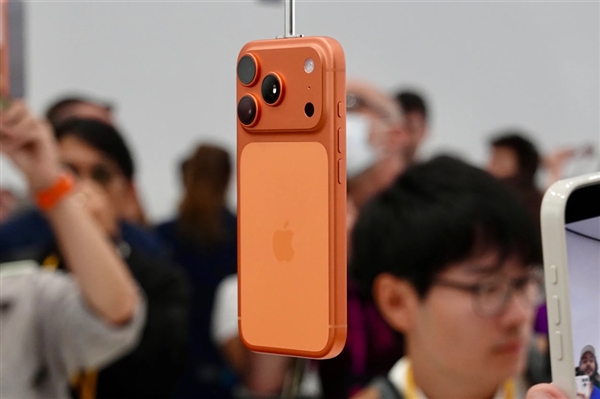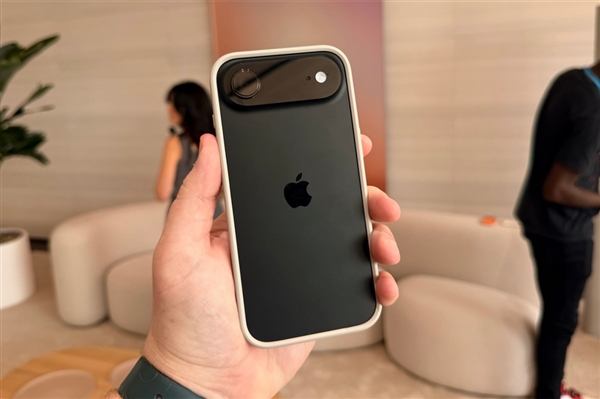March 17, 2025 –In a significant twist to the ongoing narrative of Apple’s display technology advancements, display industry analyst Ross Young, who initially predicted in 2022 that the iPhone 16 Pro series would partially embrace under-display camera technology in 2024, has now postponed this innovation to 2026, specifically for the iPhone 18 Pro. This revised timeline echoes a similar perspective shared by Bloomberg’s Mark Gurman in his latest Power On newsletter, suggesting that Apple’s Pro series iPhones in 2026 or 2027 could feature a smaller Dynamic Island, with some sensor components transitioning beneath the display.
According to current information, the iPhone 18 Pro series is anticipated to reserve a “single hole” at the top of the display for the front camera, akin to the common Android smartphones seen today. This design would represent a shift from the current Dynamic Island, which is essentially a UI overlay on a “single hole + long hole” configuration. Other components less demanding on optical performance would be concealed under the front panel, prompting a corresponding adjustment to the Dynamic Island.

Young previously stated that Apple would go all-in on the 2025 frontier, potentially enabling even the digital base models to achieve 120Hz refresh rates through the adoption of LTPO panels. He further indicated that Apple would employ a transitional “under-display + punch-hole” setup for two consecutive years in the Pro lineup before introducing a true under-display camera solution. By then, the base iPhone models would also adopt the aforementioned “under-display + punch-hole” approach.
Patents related to under-display Face ID have been repeatedly exposed, highlighting the challenges Apple faces in achieving under-display 3D facial recognition. The primary hurdle is enhancing the transmittance of infrared light, which, while capable of penetrating displays, does so poorly. Placing it beneath the panel would significantly slow down the facial recognition process and compromise security.
The latest patents reveal Apple’s strategy to overcome this by removing certain sub-pixels to allow infrared light to pass through the cover plate, enabling under-display 3D facial recognition. These missing sub-pixels are imperceptible to the human eye, and Apple aims to maintain consistent display quality through optimization.












